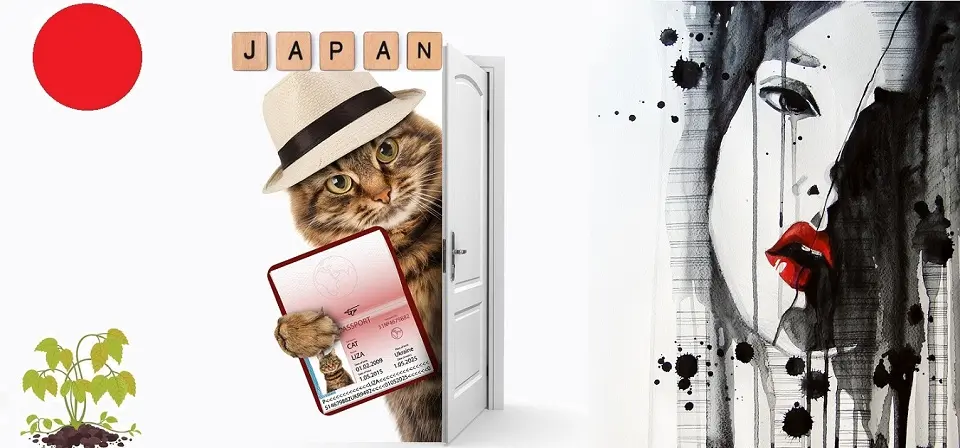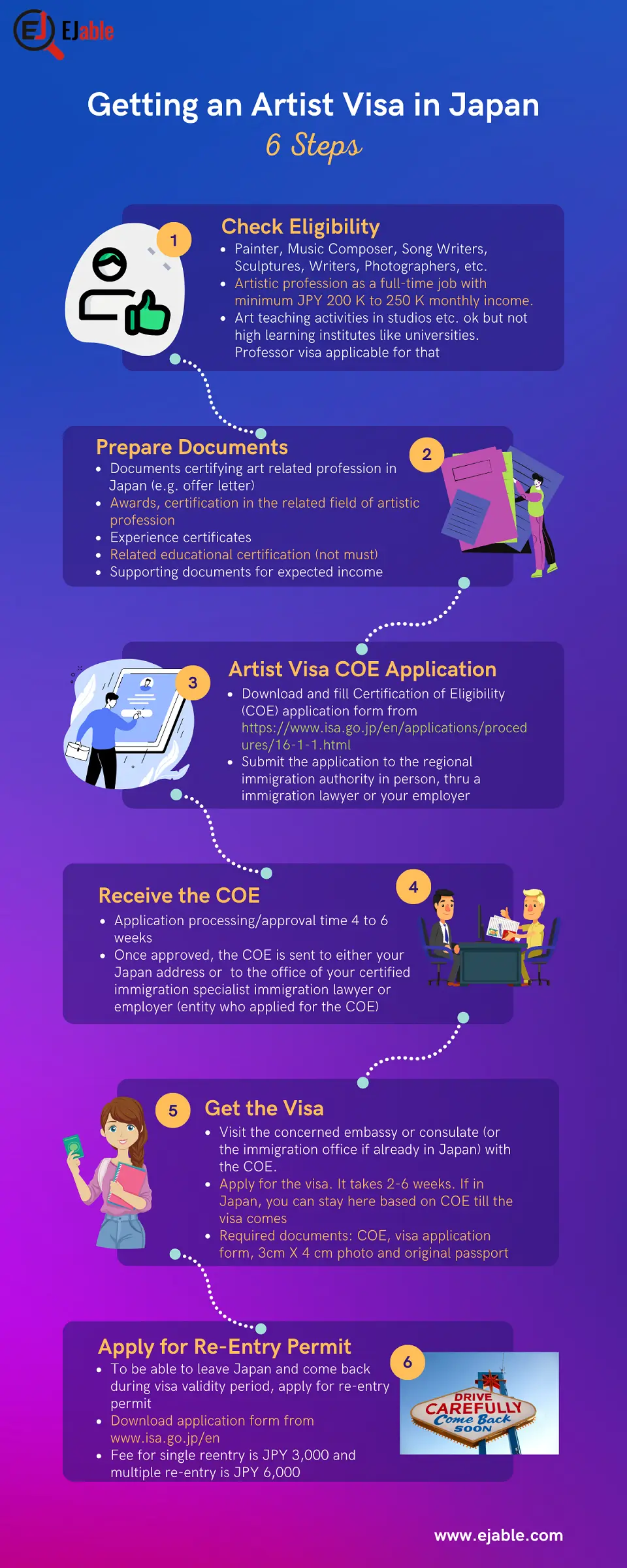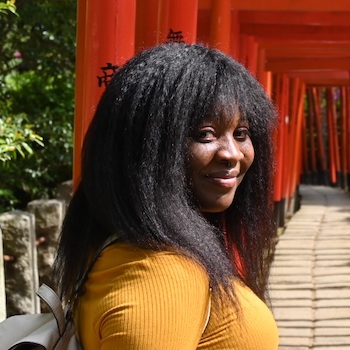Getting an Artist Visa in Japan – 2023

The Artist visa in Japan is for foreigners with a primary profession related to art with an assurance of having a sustainable income working as an artist in Japan.
If you wish to pursue your artistic interests as a side project part-time, you can do that on any other type of visa.
However, if your objective is to work in an art-related field full-time and to have the artistic profession as your primary source of income, then you will have to have an artist visa to work in Japan.
There are several different types of work permits available in Japan. Although the instructor visa or Engineer/Specialist in Humanities/International Services Visa is often satisfactory for the everyday worker.
However, looking into other more specific categories, like an artist visa, might be beneficial to allow more freedom and flexibility in your focused profession.
An artist visa might be something to consider for those who are more artistically inclined with distinguished awards and aim for a stable income through a profession related to art in Japan.
According to Japanese government statistics, less than 500 people in Japan were working under an artist visa in 2020. Therefore, only artists with considerable achievements and recognition are eligible for consideration.
Eligibility for an Artist Visa
The category for artists includes musicians, writers, composers, sculptors, photographers, etc. However, being eligible for an artist visa in Japan means you’ll have to have many achievements in the field of art.
Japanese immigration authorities would also like to analyze if you can earn a stable living in Japan through your artistic activities alone.
Your artistic achievements could be the prizes you won in competitions and exhibitions or any such accomplishments for your artistic activities.
To check about the applicable visa type, verifying whether any other visa status is more appropriate is essential. For example, artists more inclined to work for teaching positions at higher learning institutes like universities might be more qualified for a professor visa than an artist visa.
Similarly, artists who wish to perform for entertainment purposes would qualify for an entertainment visa, not an artist visa.
However, if the teaching position is not in institutes like colleges and universities but specific art-related teaching places – for example, dance schools, photography teaching, and so on then the visa as an artist will be applicable for such jobs.
Who is Not Eligible to Get an Artist Visa?
- People who do side artistic projects outside of their primary work activities won’t qualify for the visa. To be eligible for the art visa, the artistic profession should be your main profession and primary source of income.
- Entertainers earning their living using any form of art for entertainment are not eligible for an artist visa. For example, dancers doing dance performances or singers doing concerts should go for an entertainment visa.
Pros and Cons of the Artist Visa
One benefit of the artist visa is that, unlike other categories, there is no formal educational requirement if you wish to take up a visa for the art profession within Japan.
The essential requirement is having a well-established track record of generating income from your artwork.
However, it is necessary to understand that meeting the minimum earnings threshold is critical for receiving a work permit as an artist. This minimum threshold for income is usually 200,000 to 250,000 yen per month.
In addition, your minimum income should cover all living expenses, including social and health insurance. Therefore, only having excellent work experience in your profession is not sufficient to make you eligible for the visa as an artist.
Together with good work experience, you need to have a history of sustainable income solely from your art-related occupation. Or, you need to have a job offer letter with proof of income to qualify for the Japanese visa as an artist.
Process Flow and Documentation for Obtaining the Art Visa
Infographic of Japanese Artist Visa Process Flow
The following infographic shows the step-by-step process flow and the associated required documentation to apply for the COE and then the artist visa at Japanese immigration:


Share the Infographic for Japanese Artist Visa on Your Site
Detailed Explanation
Application for Certificate of Eligibility (COE) for Visa
The first step to obtaining your visa is to apply for the certificate of eligibility or COE. You can apply for the COE at the Regional Immigration Services Bureau with jurisdiction over the address. In case your employer is applying for you, then it will be their office address that will matter.
The process of COE (Certification of Eligibility) is the process where the Japanese immigration authorities check all the required documents to ascertain whether you qualify for a Japanese visa for working as an artist.
Documents Required for a COE Application for the Artist Visa
- Filled-up visa application form: Please download the artist visa application
- A photograph of yours that is 4 cm long and 3 cm wide: Please check the guidelines for the photo here
- Offer letter for the art-related Job in Japan: The offer letter should contain the duration, position, and expected income.
- Awards, certification, and any supporting documents for achievements in the related field of the artistic profession
- Experience certificates
- Related educational certification (not must)
- Copies of the first, second, and last page of your passport.
COE Application for Independent Artists
You will need more documentation if you apply for a visa to work as an independent artist. These documents are to verify your projected income, details of the type of work in the field of art you’ll be doing in Japan, and material showing artistic achievement.
While it’s not a must, translating your creative details into Japanese is recommended. Having the documents in Japanese will help speed up the reviewing process.
Documents for COE for a Visa as an Independent Artist
- Copy of the first, second, and last page of your passport
- Filled-up Visa application form
- 3 cm by 4 cm photograph, as mentioned above, attached to the form
- Documents outlining the activity, duration, and position of the application. I.e., a contract or letter of acceptance from the receiving organization
- A CV or portfolio detailing the artistic achievements of the applicant, including press coverage, awards, and exhibitions
- Photocopies of all documents that can support mentioned in your CV
- Contracts verifying the remuneration of the applicant
Please remember that the immigration procedures in Japan change often. So, it is always advisable to check and consult for the updated and current process while applying for your artist visa. In addition, it’s also advisable to consult with an immigration lawyer. Further, do refer to the immigration requirements listed by the Immigration Services Agency of Japan.
Timelines for COE Approval
After submitting the COE application for your visa, the immigration authorities will check the documents to check your eligibility for the artist visa. Usually, the COE (Certificate of Eligibility) approval process takes about 4 to 6 weeks. However, this timeframe depends on the workload of the concerned regional immigration center.
Validity of the COE for Applying for the Visa
The validity of the COE for the visa is three months. You will have to complete the visa application process within this timeframe. Failure to apply within three months will waste your precious efforts and money. If you are still interested in getting the visa, it may cast doubts on your next visa application.
Visa Application After Receiving the COE
Japanese Immigration authorities will approve the COE if all your documents are in order. If you are in Japan and personally applied for the COE, then the immigration authorities will send the COE your address. After that, you must visit the immigration office to apply for a visa. The documents required to apply for the artist visa as an artist are as follows:
- Filled-up visa application
- Original COE
- Original Passport
- Your face photo of 30 mm by 40 mm size
The visa processing takes 2-4 weeks. However, once you have the COE and you are already in Japan, you have the right to stay in Japan until your visa is issued.
If your employer applied for the COE directly or through an immigration lawyer, the approval notice would come to them. Once they receive the COE, they will have to send it to you.
Considering that you are not in Japan, you’ll need to visit the embassy or consulate in the concerned jurisdiction to apply for the visa. The visa processing time varies from consulate to consulate, but it usually takes 2-6 weeks. Please note that you can only enter Japan once you have received the visa.
Re-entry Permit for Visa
Once you are in Japan, the re-entry permit on your visa will allow you to leave Japan temporarily and return. Please note that reentry is only possible within the visa expiry period. You can apply for a single re-entry permit or a multiple re-entry permit. The fee for a single re-entry permit is JPY 3,000, and that for multiple re-entry permits is JPY 6,000.
Other Considerations
The field of art is vast, but the requirements for the visa are very narrow. Being in the art field, if you plan to participate in the artistic profession from a more educational perspective, then a Professor Visa may be more suitable than an artist Visa.
For example, if you are planning to join a university or school as an art teacher. Similarly, an entertainer visa is a correct category if your job is related to artistic performances. Examples of such professions include dancers, actors, concert artists, etc.
Instructor or specialist visas are often the most popular category for various professions in Japan. These visa types cover a wide range of industries. However, obtaining a Japanese visa as an artist for your intended art field will allow you to use your talents in the field of art if that is your forte.
Artists under other visa categories often work multiple jobs and have to split their time between their main sponsoring job and their artistic interests.
If you are not on a visa for an art-related profession, your main job cannot be in the field of art. In such a case, you will have to pursue your artistic interest on the sidelines.
Not being able to pursue their artistic interests on a full-time basis dramatically limits the amount of income they can earn as an artist.
Moreover, it also affects future career growth in the art industry. Obtaining an artist visa in Japan can be long and challenging, so consult with a lawyer and the immigration services guidelines to make your visa application more foolproof.


Jamila Brown is a 5-year veteran in Japan working in the education and business sector. Jamila is currently transitioning into the digital marketing world in Japan. In her free time, she enjoys traveling and writing about the culture in Japan.

